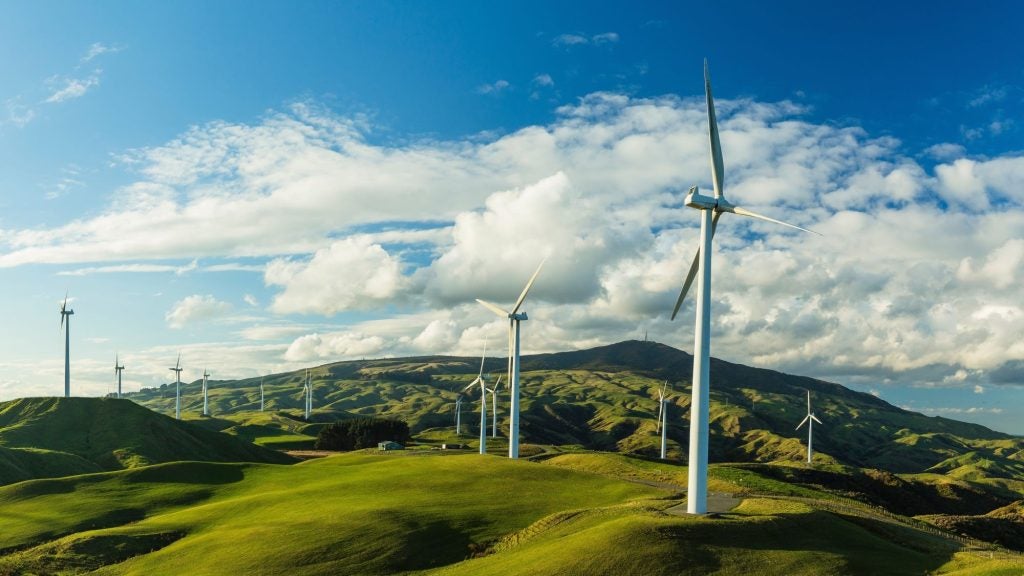
Construction of dams for hydropower generation, especially in developing countries, could pose a serious threat to freshwater biodiversity, according to a study presented at the University of Copenhagen.
The study was showcased at the international congress titled ‘Global Challenges: Achieving Sustainability’.
Owing to the rising demand for renewable energy, there is an unprecedented boom in hydropower dam construction, which in turn is reducing the remaining large free-flowing rivers by almost 20%, researchers said.
The boom is primarily seen in the developing nations and emerging economies of South America, South East Asia and Africa, which are home to a large number of freshwater species.
Universitat Tubingen professor Dr Christiane Zarfl and her colleagues had conducted the study at the Leibniz-Institute of Freshwater Ecology and Inland Fisheries (IGB) in Berlin.
How well do you really know your competitors?
Access the most comprehensive Company Profiles on the market, powered by GlobalData. Save hours of research. Gain competitive edge.

Thank you!
Your download email will arrive shortly
Not ready to buy yet? Download a free sample
We are confident about the unique quality of our Company Profiles. However, we want you to make the most beneficial decision for your business, so we offer a free sample that you can download by submitting the below form
By GlobalDataSee Also:
Professor Zarfl said: "Hydropower is an integrated part of transitioning to renewable energy and currently the largest contributor of renewable electricity.
"However, it is vital that hydropower dams do not create a new problem for the biodiversity in the world’s freshwater systems, due to fragmentation and the expected changes in the flow and sediment regime."
The report has complied available data on the expected and the developing hydropower dams in order to identify the ideal locations for hydropower generation without affecting sustainable development.
Almost 20% of global power requirements are supplied by renewables, and hydropower accounts for 80% of renewable energy production.
An expected 3,700 major dams will likely double the hydropower generation capacity by 1,700GW over the next 20 years.
According to the study, China is expected to be the global leader in hydropower generation from dams.
The maximum number of hydropower dams in South America will be in the Amazon and La Plata basins in Brazil, while in Asia, major numbers of dams will come up in the Ganges-Brahmaputra basin of India and Nepal and the Yangtze basin in China.
Dr Christiane Zarfl, together with colleagues from Berlin and Osnabrück, carried out the study at the Leibniz-Institute of Freshwater Ecology and Inland Fisheries (IGB) in Berlin.
Image: The Three Gorges Dam in China. Photo: courtesy of IGB/Jörn Gessner.



.gif)




